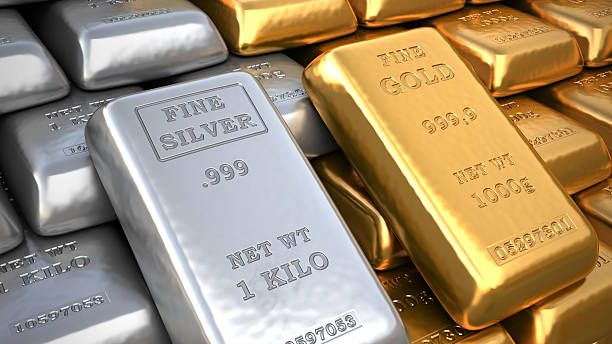Warren Buffett prefers to make outstanding rates of return on capital in businesses that do not require much of a capital base, such as See’s Candy or Scott Fetzer. FlightSafety, on the other hand, needs to invest $19m or more in one simulator. When you have over 300 simulators and need to replace them regularly with more advanced models, then you have a large amount of money being ploughed back into the business. For example, in 2000 alone $248m was invested in simulators.

But this does not make it a bad business in which to invest. It may not be sensational, but it can produce high rates of return. Its durable competitive advantage, due to its “best in class” reputation, means that customers will pay high fees for each hour of training.
As Buffett says, “Going to any other flight-training provider than the best is like taking the low bid on a surgical procedure.” (2007 letter). This gives it good business economics, and therefore it is able to factor in high operating profit margins.
Some illustrative numbers
On its purchase date (costing $1.5bn), December 23, 1996, FlightSafety had $570m in fixed assets. With those it generated $111m of pre-tax operating earnings.
Between then and the end of 2007 Buffett says depreciation charges cumulated to $923m (written off profits), but capital expenditure was much larger as simulators capable of imitating a wide range of new airplanes were acquired totalling $1,635m.
In 20………………To read more subscribe to my premium newsletter Deep Value Shares – click here http://newsletters.advfn.com/deepvalueshares/subscribe-1

 Hot Features
Hot Features













